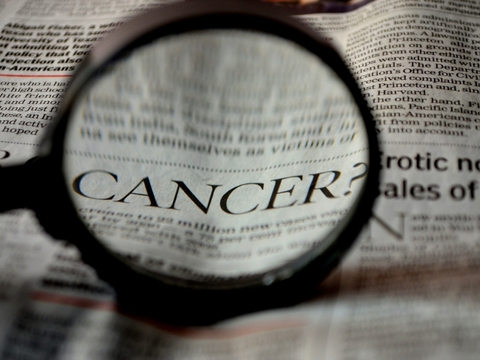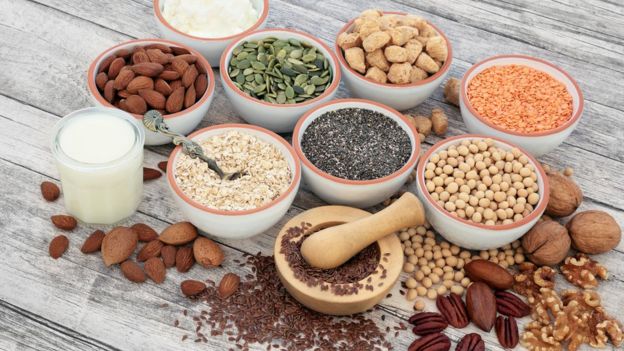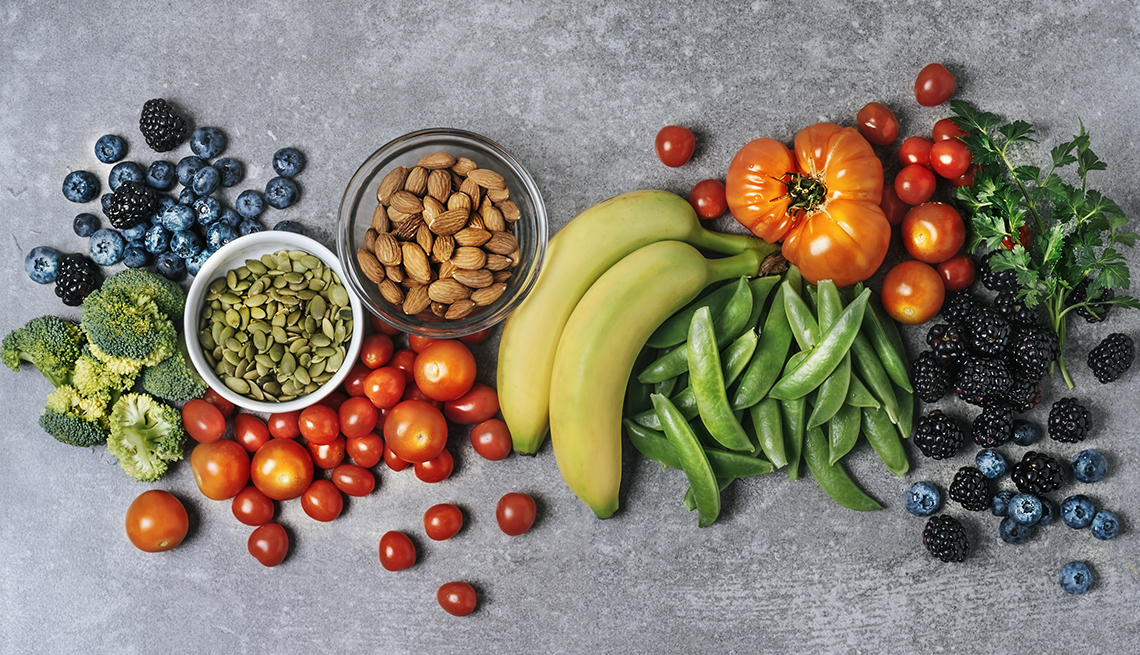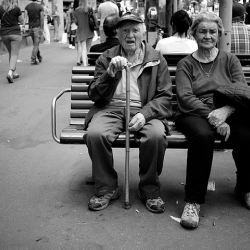Brave New World Ahead
"We live in the most extraordinary time in history. The next ten years will see more changes than occurred in the past one hundred years."
"In 1920, we could only find four innovations; the first commercial radio station, the handheld hair dryer; the Band Aid; and traffic lights. By contrast, last year saw tens of thousands of technological and scientific breakthroughs."
"As more people have access to technology, more problems can be solved and the more capital is available to find those solutions."
"To be clear, there will still be terrorism, war, and murder. Dictatorships and disease won't go away. But the world will quietly continue to get better."
Peter Diamandis, entrepreneur, M.D., aeronautical engineer, founder XPRIZE Foundation
 |
| Peter Diamandis on a weightless flight launched by his Zero Gravity Corporation: ‘Every powerful technology is used for good and for bad.’ Photograph: XPrize/Steve Boxall |
We have it then on the impressive authority of this man that the world we inhabit is on the cusp of accelerated innovation so profound it will leave our heads spinning. After all, this is a man who invents, innovates, creates, reasons, researches, and envisions no end to humankind's stretch into a remarkable future. He is engrossed with the fields of Human Longevity, Planetary Resources, Space Adventures and biotech Celularity, founder of Singularity University. He is no cerebral slouch.
 |
| Artificial neuron in its protective casing on a fingertip © University of Bath/PA |
He is as well, as might be expected, a writer, his latest book just released, The Future is Faster Than You Think, a careful inspection of how the reinvention of the world will progress through innovative technology, industry after industry, with historical comparisons, leading to an aura of complete optimism that a better world lies just over the horizon of transformative goods, devices, services, business models and human behaviour.
But not, sadly that much a change in human behaviour, such that we can serenely contemplate an end of strife and any diminishing of pathological capital offences against humanity. On the other hand, people in developed countries will be graced with savings of time and funding as when, for example it began with the invention of the Google search engine, of iPhones and massive data storage capacity; time and money better used to invest in other innovations.
 |
| geralt / Pixabay |
The science world has moved forward in great leaps and bounds to the present where the cost of sequencing the genome was $100 million in 2001, whereas it now can be done for a mere $100; before that the prototype computer of today took up an entire room, and today's computers are the size of a human hand with infinitely more capability and storage and communicability. Today's technologically advanced cameras, the advances of storage, facial recognition, telephones, laptops, and artificial intelligence; all great leaps forward.
Blockchain technology supported by crowdfunding that raises billions for research and development; brain enhancement techniques boosting concentration and memory to accelerate research outcomes. Before long, consumers will be enabled to play, learn and shop through headsets, glasses or implants and robots and appliances will recognize our faces and voices and preferences. Voice commands on the cusp of replacing typing.
 |
Artificial intelligence will be smarter than the human brain, according to the co-founder of Singularity University who gives that advance to 2029. This innovation will ensure intelligent collaborative tools are available for workers, professionals, analysts and leaders so they can discover smarter solutions to challenges before them. Renewable energy enhancements, batteries and local power grids to accelerate with lower costs and higher performance, globally.
The tourism potential of space travel and the prospect of space colonization lies ahead. Food production, superior education, shopping variations and ideas in real estate all to change profoundly. The dark side of the optimistic view is that technology will not always remain securely in control of responsible agents. New problems can arise when the wrong hands grasp the potentials for global disruption inherent in new technologies, neutral in themselves, dangerous when manipulated that way.
 |
| Science Focus |
Labels: Advanced Technology, Artificial Intelligence, Futurism, Innovation, Medical Devices, Research





























